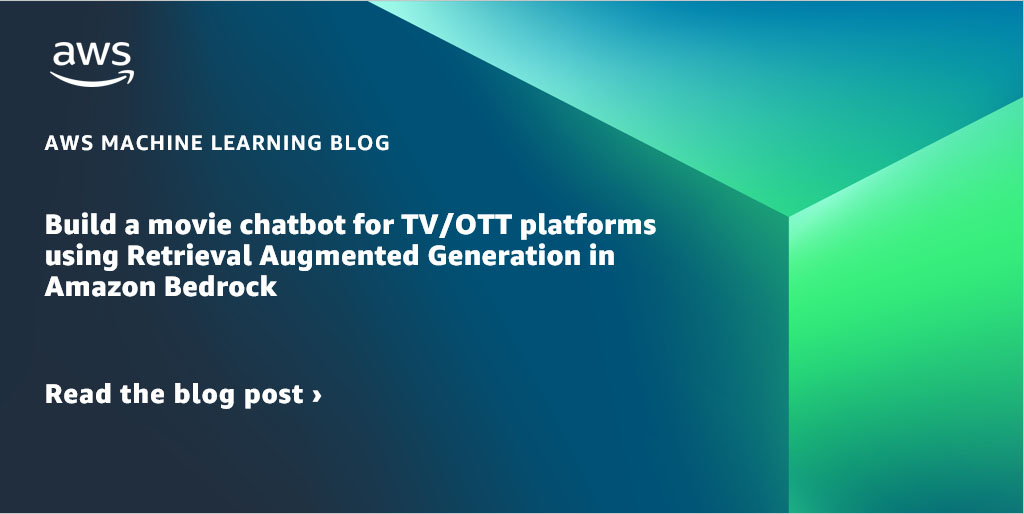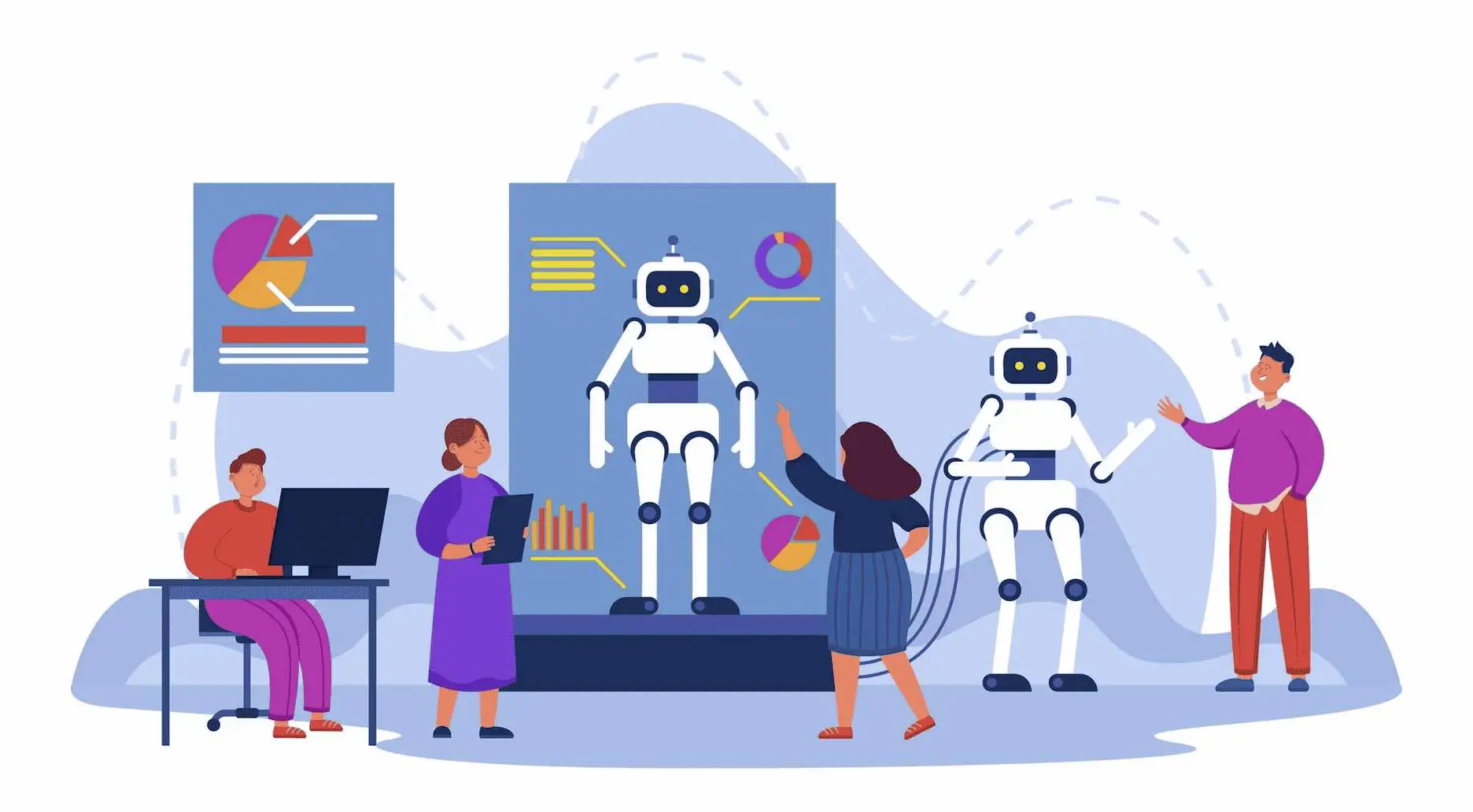Shyam Balagurumurthy Viswanathan, Sr. Lead Integrity Science Engineering and AI at Meta, navigates the complexities of AI integrity in large language models (LLMs) like GenAI. These challenges include the tendency of LLMs to generate hallucinations and user attempts to bypass safeguards. Addressing these issues involves implementing rigorous prompt mechanisms, continuous monitoring, and developing sophisticated algorithms to ensure compliance with predefined rules. A robust framework outlining AI capabilities and ethical boundaries is essential for maintaining platform integrity. Shyam emphasizes balancing the benefits and risks of AI in managing misinformation, which continues to evolve and requires enhanced detection and mitigation strategies. Moreover, the debate between open-source and closed-source AI models impacts innovation and regulation. Open-source models promote transparency and flexibility, while closed-source models offer robust, well-supported solutions. Ultimately, Shyam advocates for a hybrid approach, highlighting the importance of transparency, collaboration, and ethical practices in responsibly developing and deploying AI systems at Meta.
What are some of the universal challenges you’ve encountered in developing GenAI/LLM tools for ensuring platform integrity, and what general approaches can be taken to address them?
Developing AI tools for maintaining integrity across various domains presents several universal challenges. One significant challenge is the inherent tendency of large language models (LLMs) to generate hallucinations, which can produce inaccurate or misleading information. Another critical challenge is the occurrence of jailbreaks, where users attempt to bypass the limitations and safeguards to ensure the responsible use of LLMs. Additionally, ensuring that LLMs adhere to predefined rules that govern what they can and should respond to and are not supposed to do remains a complex task. This requires the development of sophisticated algorithms and continuous monitoring to ensure compliance with these rules.
To address these challenges, it is crucial to implement various prompt mechanisms that aim to contain and prevent LLMs from answering or resisting specific integrity-related questions. My approach involves implementing rigorous testing procedures, working closely with ethics committees, and developing transparent AI systems to build user and stakeholder trust. Red-teaming exercises, where a dedicated team attempts to find vulnerabilities and weaknesses in the AI system, can help identify potential risks and improve the overall robustness of the platform. Ultimately, every LLM model must have a well-defined framework that outlines its capabilities, limitations, and ethical boundaries to maintain platform integrity effectively.
How do you perceive the balance between the benefits and risks of AI in managing misinformation evolving in the coming years?
As the saying goes, with every new technology comes benefits and risks, and AI is no exception. In today’s digital age, misinformation is prevalent across various websites and platforms. As AI technologies advance, the potential for managing and combating misinformation grows, as do the associated risks. One of the key challenges in using AI to manage misinformation is the inherent tendency of large language models (LLMs) to generate hallucinations, which can produce inaccurate or misleading information. The quality and nature of the underlying data used to train these AI systems are crucial in determining their output.
To balance the benefits and risks of AI in managing misinformation, it is essential to focus on enhancing AI’s ability to detect and mitigate false information. This requires continuous learning algorithms that can adapt to new misinformation tactics and the integration of robust fact-checking mechanisms. Open collaboration between technologists, policymakers, and users is crucial in establishing guidelines for the responsible use of AI and ensuring that fact-checking processes are transparent, reliable, and subject to human oversight. By fostering transparency, accountability, and ethical practices in developing and deploying AI systems while incorporating rigorous fact-checking, we can harness the power of AI to combat misinformation effectively and minimize the associated risks.
In your opinion, what are the most challenging and promising advancements in AI and machine learning that impact identity verification and fraud prevention?
The rise of generative AI (GenAI) has introduced challenges and opportunities in identity verification and fraud prevention. One of the most significant challenges GenAI poses is its potential to create convincing fake identities and IDs quickly. While these issues existed before the advent of GenAI, the technology has made it much simpler to generate forgeries that are difficult for organizations to detect, thus increasing the risk of fraudulent activities and identity theft.
On the other hand, AI also offers promising advancements that can help businesses and government agencies combat these challenges. Companies developing GenAI image models are exploring ways to embed encrypted watermarks within the generated images, allowing for easier identification of synthetic content and making it harder for fraudsters to use fake IDs undetected. Moreover, progress in deep learning and neural networks has enabled the detection of complex patterns associated with fraudulent identities, which were previously hard to identify. Another exciting development is the rise of AI-powered tools and agents capable of monitoring user behavior and detecting anomalies instantly, which can help flag suspicious activities related to identity fraud. By integrating these advanced AI techniques with traditional identity verification methods, organizations can enhance their accuracy in detecting fraudulent identities and protect their customers and citizens from identity theft.
What are your views on the debate on open-source versus closed-source AI models, and what implications do you see for innovation and regulation in the field?
The debate between open-source and closed-source AI models is complex, with both approaches offering distinct advantages and challenges. Open-source models, such as LLAMA and Mistral, foster widespread innovation and rapid development by allowing for community-driven improvements. This highlights the crucial role of community engagement in shaping the future of AI. These models provide flexibility, cost-effectiveness, and the ability to customize and fine-tune to specific needs. Additionally, open-source models offer greater transparency, enabling companies to audit decision-making processes and address biases or ethical concerns. However, there are risks associated with open-source models, including the potential loss of support if community contributions wane and the need to stay updated on licensing terms to avoid legal issues.
Closed-source AI models, like ChatGPT and Gemini, provide robust, well-supported solutions that integrate seamlessly into existing systems, ensuring reliability and performance. These models come with comprehensive support, regular updates, and advanced capabilities tailored to specific business needs. While closed-source models may have higher costs and potential vendor lock-in, they offer the advantage of extensive testing, optimization, and compliance with industry standards. However, companies using closed-source models must rely on the vendor’s strategy for integrity and ethical considerations, which can concern those requiring more significant control over their AI systems.
Ultimately, choosing between open-source and closed-source AI models depends on a company’s specific use cases, technical capabilities, and long-term strategic goals. A hybrid approach that leverages the strengths of both models may be the most effective solution for many organizations. Striking a balance between open collaboration and protecting intellectual property will be crucial for driving innovation while ensuring appropriate regulation in the field.
What role do regulatory frameworks play in developing and deploying open and closed AI models in regulated industries?
Regulatory frameworks play a significant role in shaping the development and deployment of open and closed AI models in regulated industries. These frameworks establish guidelines and standards to ensure that AI models are developed and used responsibly, addressing critical aspects of integrity, ethical considerations, and regulatory compliance. However, open AI models may have an advantage in meeting these regulatory requirements due to their inherent transparency and flexibility.
Open AI models like LLAMA and Mistral offer greater transparency and reproducibility, allowing businesses to understand AI’s processes better and trust them. This transparency is crucial for ensuring ethical AI practices, as companies can audit the model’s decision-making processes and address any biases or ethical concerns. In regulated industries like healthcare and finance, where data privacy and non-discriminatory practices are paramount, scrutinizing and modifying open AI models provides a significant advantage in meeting regulatory standards.
In contrast, closed AI models like ChatGPT and Gemini, while offering robust capabilities and comprehensive support, may need help meeting regulatory requirements due to their proprietary nature. Companies using closed models must rely on the vendor’s strategy for integrity and ethical considerations, which can concern businesses with specific ethical guidelines or those requiring greater control over their AI systems. Additionally, the need for more transparency in closed models can make it difficult for companies to audit and address potential biases or ethical issues, a critical aspect of regulatory compliance. However, closed AI models do offer advantages in terms of security and compliance with industry standards, as proprietary models often include built-in security features and adhere to strict data protection protocols. Nevertheless, the flexibility and transparency offered by open models provide a more comprehensive solution for meeting regulatory requirements while still allowing for customization and innovation, as long as appropriate governance measures are in place.
How do you stay updated with the latest AI and machine learning advancements, and how do you incorporate them into your work?
In the rapidly evolving world of AI and machine learning, staying updated with the latest advancements is crucial for staying competitive and relevant. The speed at which AI is advancing is staggering, and missing even a single day or week can mean missing out on significant updates and breakthroughs. To ensure I remain at the field’s cutting edge, I have developed a comprehensive strategy that involves leveraging various information sources, including the latest AI and machine learning podcasts, open-source GitHub repositories, online forums, and blogs. To streamline my information-gathering process, I have created custom feeds using services like Feedly and developed my pipeline for collecting and organizing content from different sources. Additionally, I attend conferences and workshops, participate in online courses, and learn from insightful social media posts. While maintaining this pipeline requires significant work and dedication, it is a worthwhile investment that enables me to stay at the forefront of the AI and machine learning field.
By dedicating time and effort to continuous learning and actively seeking the latest advancements, I can effectively incorporate new knowledge and techniques into my work, ensuring I deliver cutting-edge solutions and drive innovation in my projects. I also make it a point to experiment with new tools and frameworks and to apply what I learn to real-world problems. Staying updated with the rapidly evolving AI landscape is an ongoing endeavor, but it is essential for remaining competitive and making meaningful contributions to the field.
How have your entrepreneurial experiences shaped your strategies for innovation and scaling technology in large-scale operations?
My entrepreneurial experiences have been instrumental in shaping my strategies for innovation and scaling technology in large-scale operations. These experiences have taught me the importance of agility and adaptability, which are crucial in the rapidly evolving field of AI. My entrepreneurial mindset has allowed me to stay ahead of the curve in certain aspects of AI development. For instance, before the advent of ChatGPT, I had already developed chatbots for specific industries, although they were less advanced than the current state-of-the-art models. In a separate project, I utilized AI to generate social media posts before the latest AI image-generation tools emerged. While these early efforts may not have been as sophisticated as the current AI landscape, they demonstrate my ability to ideate and innovate ahead of the mainstream adoption of AI technologies. Moreover, my entrepreneurial experiences have honed my leadership skills and strategic thinking abilities, enabling me to drive projects that meet current technological needs and anticipate future challenges and opportunities.
Another critical aspect of my entrepreneurial approach is collaboration and partnerships. By actively seeking collaborations with other industry leaders, research institutions, and startups, I can tap into a wealth of knowledge, resources, and expertise, allowing us to leverage complementary strengths, share best practices, and accelerate the development and deployment of cutting-edge AI solutions. In terms of scaling technology in large-scale operations, my entrepreneurial experiences have taught me the importance of a structured and iterative approach, advocating for a phased rollout that allows continuous learning and refinement. By taking a measured and data-driven approach to scale, I can ensure that the AI technologies we deploy are robust, reliable, and aligned with the specific needs of each business unit or operation, effectively navigating the complexities of implementing AI technologies in large-scale operations and ensuring that innovation is not only achieved but also sustained over the long term.
As an AI professional actively involved in technical blogging, reviewing research papers, and mentoring aspiring AI practitioners, how do you perceive the importance of community engagement in driving the advancement of artificial intelligence, and what guidance would you offer to individuals seeking to make meaningful contributions to the AI community?
Community engagement plays a pivotal role in advancing the field of AI, and as an avid technical blogger, reviewer of AI papers, and mentor, I have witnessed firsthand the power of collaboration and knowledge sharing. Reviewing technical papers has exposed me to a wide range of cutting-edge research and innovative approaches to AI challenges, providing me with valuable insights into the current state of AI research and potential future directions. This broader insight has been invaluable in informing my work and identifying areas where I can make meaningful contributions. Moreover, my blogging experience has been a powerful tool for engaging with the AI community, fostering discussions, and encouraging others to explore new ideas and approaches. It has also inspired me to think about how I can contribute more to the field by writing and publishing technical papers of my own, as well as collaborating with other researchers and practitioners on joint projects.
For those looking to contribute to the AI community, I advise actively participating in ongoing conversations and discussions, seeking opportunities to collaborate on community-driven projects, and sharing insights and expertise through publications, blog posts, and conference presentations. Mentoring aspiring AI professionals and providing guidance, support, and resources can empower individuals to make meaningful contributions to the field. I also recommend participating in open-source projects, hackathons, and competitions and joining local AI meetups and user groups. By being open to learning from others, embracing diverse perspectives, and fostering a more inclusive, collaborative, and innovative environment, we can drive progress and ensure that AI technology is developed and applied responsibly and effectively. Through our collective efforts, we can unlock the full potential of AI and create a brighter future for all.
Disclaimer: The answers provided here are based on personal experience and do not represent the views or opinions of any company or organization.



